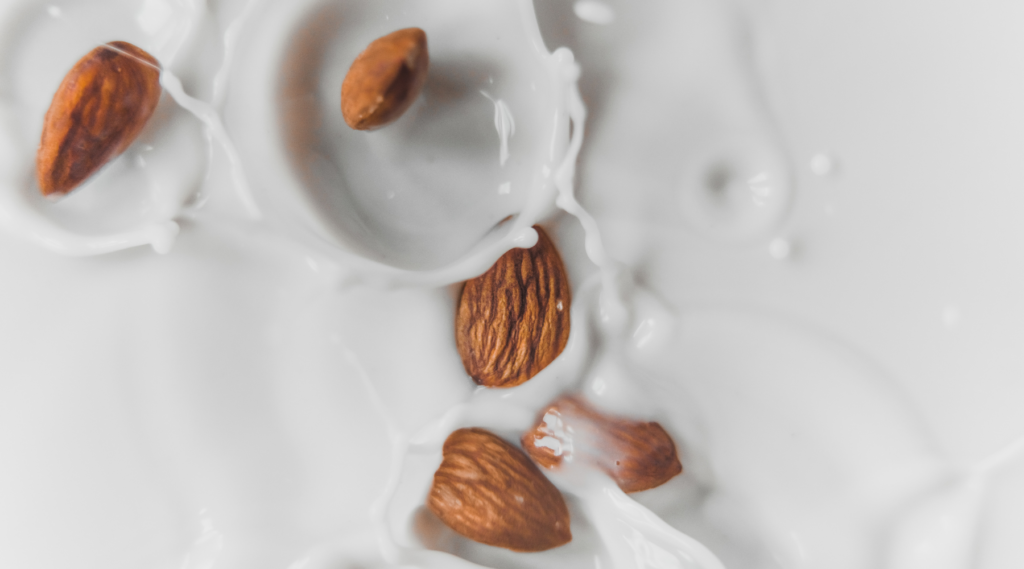Dairy or Non – What Milk Should I Choose?

1st June marks World Milk Day, a day established by the Food and Agriculture Organisation of the United Nations, with the idea to recognise the importance of milk as a global food.
While dairy is the more traditionally thought of ‘milk’, in a constantly-evolving society, there’s a plethora of milk alternatives available now, and as milk options are something we are very frequently asked about, we thought it might be helpful to put a spotlight on the alternatives out there and their benefits to help you make an informed decision as to what milk to choose.
What is a milk alternative?
Milk alternatives, also known as plant-based milks or non-dairy milks, are beverages that are used as substitutes for traditional cow’s milk. These alternatives are made from various plant sources and are suitable for people who are lactose intolerant, have milk allergies, follow a vegan diet, or simply prefer non-dairy options.
Which milk should I choose?
The possibilities seem to be expanding by the day, with options like ‘potato milk’ now being available on the market – an interesting concept, and not one we’ve tried here at FFF just yet, but we have listed some more commonly available options below, with a little bit of information about their flavour profile and nutritional benefits below:
First up, soy milk!
Soy milk is made from soybeans and water. It is a common and widely available milk alternative – the ‘O.G’ of alternative milks. Soy milk has a creamy texture and is a good source of protein, and it is also fortified with calcium and other nutrients – typically B12, which is perfect for anyone who is vegan.
Almond Milk
Almond milk is made from ground almonds and water. It has a mild, nutty flavour and a slightly watery consistency (not great for frothing, if you’re a latte lover!). Almond milk is low in calories but may not be as protein-rich as cow’s milk, and like soy milk, is often fortified with calcium, and vitamin D as well.
Oat Milk
The FFF team’s favourite milk, with almost 50% of the office team using it as their milk of choice! Made by blending oats with water and then straining the mixture, it has a mild, slightly sweet taste and a deliciously creamy texture (perfect in a latte!). Oat milk is often fortified with nutrients like calcium and vitamin D, and it is a great option for those with nut or soy allergies.
Coconut Milk
Coconut milk is made from the grated flesh of coconuts and water. It has a rich, creamy texture and a distinct coconut flavour. Coconut milk is higher in fat compared to other milk alternatives, and can be used in both sweet and savoury dishes, making it perfect to switch between a hot chocolate (if you’re a Bounty lover at least), or using in a satay sauce.
Rice Milk
Rice milk is made from milled rice and water (notice a pattern here?). It has a thin consistency and a mild, slightly sweet taste. Rice milk is often fortified with nutrients like calcium and vitamin D. It is a suitable option for those with allergies to soy, nuts, or gluten, but texture-wise doesn’t quite work with coffees or tea, with a more water-like consistency.
Cashew Milk
Cashew milk is made from blended cashews and water. It has a creamy texture and a slightly sweet, nutty flavour. Cashew milk is often fortified with nutrients and can be a good source of healthy fats, but is not particularly common to use or be found in cafes.
Hemp Milk
A slightly newer entry to the field, hemp milk is made from ground hemp seeds and water. It has a slightly nutty flavour and a thin, watery consistency. Hemp milk is a good source of omega-3 fatty acids and is often fortified with calcium and vitamin D. Again, its consistency makes it a subpar choice for hot drinks, but it could be used in cooking instead.
With so many milk alternatives now fortified with calcium, it’s easier than ever to meet your needs for this essential mineral without traditional dairy. Whether you’re sipping on soy, almond, oat, or hemp, choosing calcium rich foods and good sources of calcium can support bone health. If you’re looking to simplify your nutrition while ensuring your meals are well-balanced and fortified, Calo offers healthy meal delivery options that cater to a variety of dietary preferences and goals.
- Rethinking Happy Hour: The Science Behind Alcohol and Health - January 23, 2025
- The Truth About Carbs: Breaking Down the Science Behind This Vital Nutrient - January 15, 2025
- Detoxing vs. Nourishing: The Science of Post-Holiday Resets - January 3, 2025